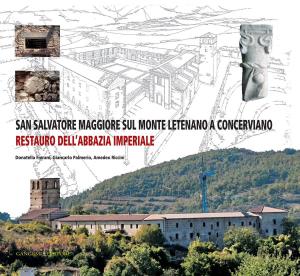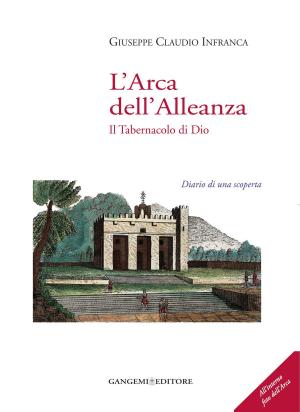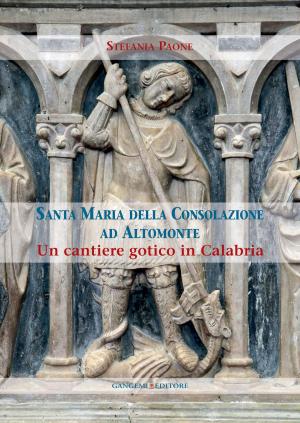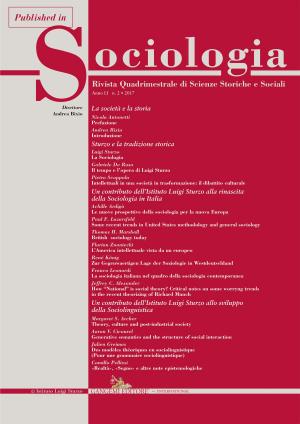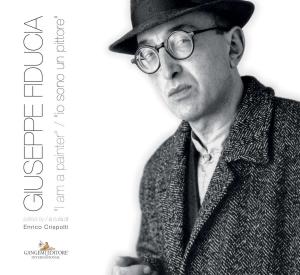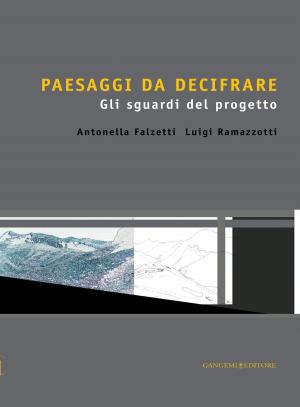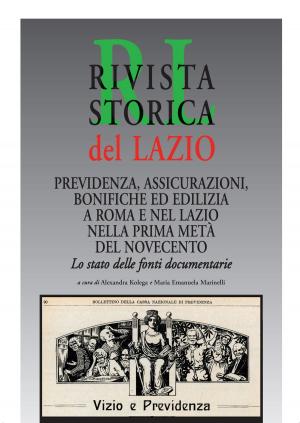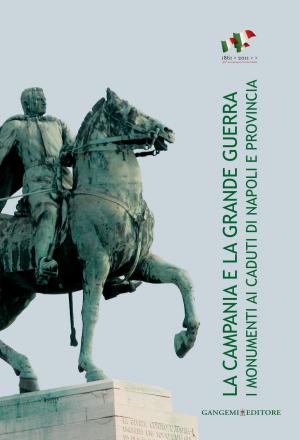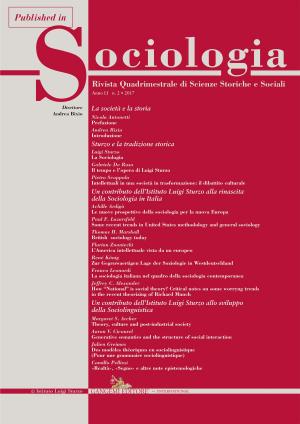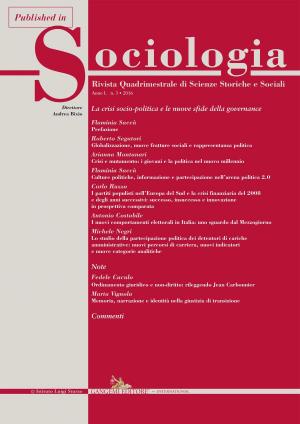Il progetto del rilievo nell’utilizzo di tecniche di modellazione dense stereo matching | Using dense stereo matching techniques in survey
Published in Disegnare idee immagini 47/2013. Rivista semestrale del Dipartimento di Storia, Disegno e Restauro dell’Architettura “Sapienza” Università di Roma | Biannual Magazine of the Department of History, Drawing and Restoration of Architecture
Nonfiction, Art & Architecture, Architecture| Author: | Laura Inzerillo, Cettina Santagati | ISBN: | 9788849216523 |
| Publisher: | Gangemi Editore | Publication: | April 27, 2015 |
| Imprint: | Gangemi Editore | Language: | Italian |
| Author: | Laura Inzerillo, Cettina Santagati |
| ISBN: | 9788849216523 |
| Publisher: | Gangemi Editore |
| Publication: | April 27, 2015 |
| Imprint: | Gangemi Editore |
| Language: | Italian |
La diffusione delle tecniche di modellazione dense stereo matching (DSM) o image-based modeling (IBM) attraverso l’uso di software gratuiti, a basso costo e open source ha avuto un incremento considerevole in questi ultimi anni, specialmente nelle applicazioni che riguardano il rilievo del patrimonio culturale (architettura, archeologia, urbanistica). Gli algoritmi utilizzati all’interno dei software testé citati elaborano dataset fotografici per restituire il modello 3D della scena inquadrata. Queste tecniche, nelle complesse procedure di rilevamento e restituzione 3D, comportano un risparmio sia in termini di costi che di ore di elaborazione, vantaggi, questi, che potrebbero tornare utili alla figura del professionista. A tal fine, è bene individuare quali siano le reali potenzialità e i limiti di questi software e come vadano utilizzati per ottenere il miglior risultato. Nello specifico sono state condotte sperimentazioni in parallelo per la verifica delle procedure d’uso dei due pacchetti software 123D Catch della Autodesk e VisualSfM+CMVS/PMVS2 creato da Changchang Wu. La criticità maggiore riscontrata nell’utilizzo delle tecniche DSM o IBM è quella del dataset fotografico. Nell’articolo si riportano tre casi studi di cui soltanto nell’ultimo si individua un dataset ottimale in grado di generare un modello affidabile. La verifica è stata condotta su diversi oggetti architettonici dalla scala di dettaglio a quella monumentale, utilizzando scansioni laser terrestri per i confronti metrici sui modelli ottenuti. | In recent years there has been an enormous increase in the dissemination of modelling techniques known as dense stereo matching (DSM) or image-based modelling (IBM) using free, low cost, open source software, especially applications involving the survey of cultural heritage (architecture, archaeology, and town planning). The algorithms used by these software programmes process photographic datasets and provide a 3D model of the scene in question. During complex survey and 3D restitution procedures, these techniques save time (processing) and money: these advantages can be useful to any professional. This is why it is important to identify the real potential and limits of these software programmes and how they should be used to produce the best possible results. We carried out parallel tests to verify how to use the two software packages: 123D Catch by Autodesk and VisualSfM+CMVS/PMVS2 by Changchang Wu. The photographic dataset was the most critical part of the procedure involving DSM or IBM techniques. The article illustrates three case studies in which only the third study provides an optimal dataset capable of generating a reliable model. The tests were carried out on three different architectural objects, ranging from a small to large scale; terrestrial laser scansions were used for the metric comparisons of the ensuing models.
La diffusione delle tecniche di modellazione dense stereo matching (DSM) o image-based modeling (IBM) attraverso l’uso di software gratuiti, a basso costo e open source ha avuto un incremento considerevole in questi ultimi anni, specialmente nelle applicazioni che riguardano il rilievo del patrimonio culturale (architettura, archeologia, urbanistica). Gli algoritmi utilizzati all’interno dei software testé citati elaborano dataset fotografici per restituire il modello 3D della scena inquadrata. Queste tecniche, nelle complesse procedure di rilevamento e restituzione 3D, comportano un risparmio sia in termini di costi che di ore di elaborazione, vantaggi, questi, che potrebbero tornare utili alla figura del professionista. A tal fine, è bene individuare quali siano le reali potenzialità e i limiti di questi software e come vadano utilizzati per ottenere il miglior risultato. Nello specifico sono state condotte sperimentazioni in parallelo per la verifica delle procedure d’uso dei due pacchetti software 123D Catch della Autodesk e VisualSfM+CMVS/PMVS2 creato da Changchang Wu. La criticità maggiore riscontrata nell’utilizzo delle tecniche DSM o IBM è quella del dataset fotografico. Nell’articolo si riportano tre casi studi di cui soltanto nell’ultimo si individua un dataset ottimale in grado di generare un modello affidabile. La verifica è stata condotta su diversi oggetti architettonici dalla scala di dettaglio a quella monumentale, utilizzando scansioni laser terrestri per i confronti metrici sui modelli ottenuti. | In recent years there has been an enormous increase in the dissemination of modelling techniques known as dense stereo matching (DSM) or image-based modelling (IBM) using free, low cost, open source software, especially applications involving the survey of cultural heritage (architecture, archaeology, and town planning). The algorithms used by these software programmes process photographic datasets and provide a 3D model of the scene in question. During complex survey and 3D restitution procedures, these techniques save time (processing) and money: these advantages can be useful to any professional. This is why it is important to identify the real potential and limits of these software programmes and how they should be used to produce the best possible results. We carried out parallel tests to verify how to use the two software packages: 123D Catch by Autodesk and VisualSfM+CMVS/PMVS2 by Changchang Wu. The photographic dataset was the most critical part of the procedure involving DSM or IBM techniques. The article illustrates three case studies in which only the third study provides an optimal dataset capable of generating a reliable model. The tests were carried out on three different architectural objects, ranging from a small to large scale; terrestrial laser scansions were used for the metric comparisons of the ensuing models.



